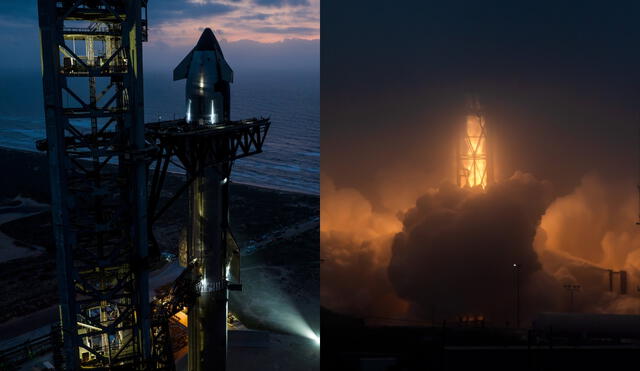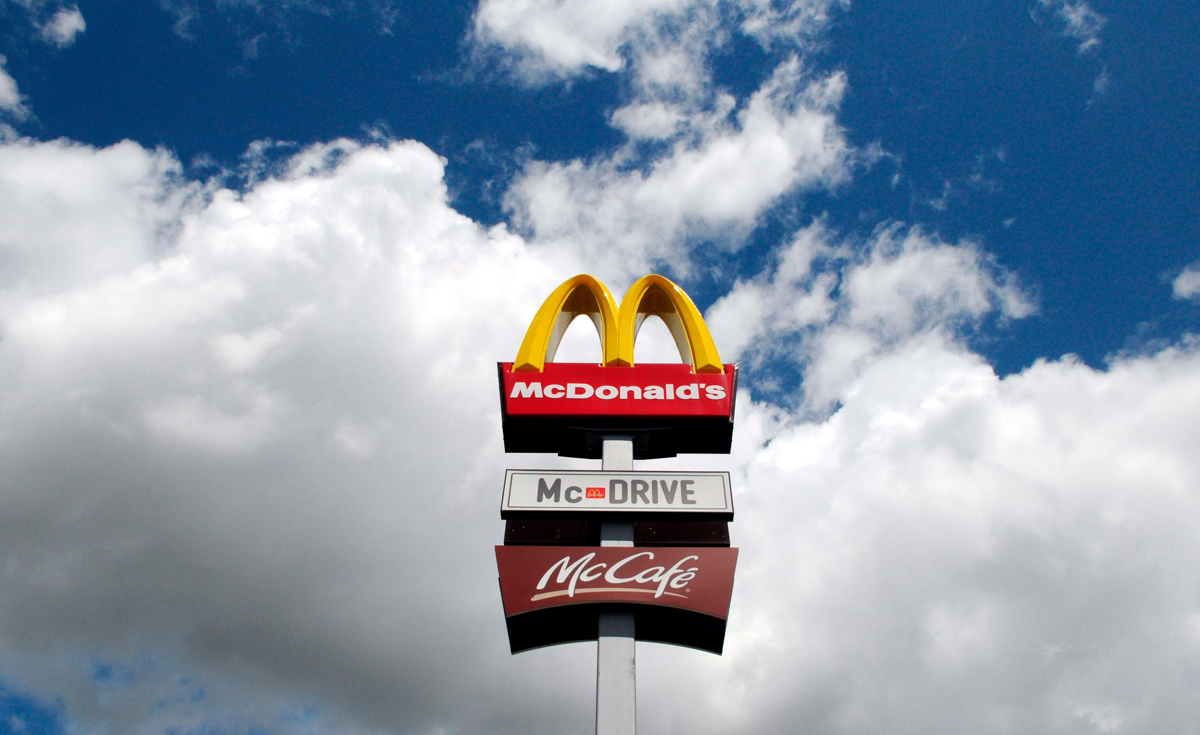SpaceX launches Starship Flight 9, Achieving first reuse of super heavy booster
Starship’s boldest flight yet pushes SpaceX closer to Mars and key NASA lunar missions marking a major leap in the race to make deep space travel a reality.

SpaceX launched the ninth test flight of Starship, from the Texas Starbase, a quantum leap towards reusable spaceflight. The flight was unique as it was the first time the Super Heavy booster was being reused following its maiden flight in January. The 400-foot-tall rocket launched at 7:37 p.m. EDT to validate a number of systems that would be critical to future missions to the Moon and Mars.
During flight, the Super Heavy booster separated normally from the upper stage but was lost over the Gulf of Mexico. The upper stage, "Ship," flew a sub-orbital trajectory, with a planned Indian Ocean splashdown. The test was designed to validate fixes for previous flight failures, including those to thermal protection tiles and structural fittings.
Starship Flight 9 advances SpaceX goals despite payload issue
One of the main objectives of this mission was the launch of eight Starlink satellite simulators, a first for the Starship program. The spacecraft suffered a fault in the payload bay door, however, and was unable to deploy the simulators. Despite this failure, the flight went further than previous attempts, demonstrating progress in SpaceX's iterative development approach.
The Federal Aviation Administration (FAA) authorized this flight after reviewing safety measures and past anomalies. The agency expanded hazard zones for air and maritime traffic for public safety in the test. The launch is part of SpaceX's broader strategy to develop a fully reusable launch system, which will hopefully reduce the cost and increase the frequency of space missions.

ALSO SEE: Trump Administration halts Student Visa interviews, Introduces expanded Social Media vetting
Starship progress fuels SpaceX’s Mars and Moon mission goals
SpaceX founder Elon Musk has articulated a vision for establishing humanity as a multiplanetary species, with aspirations of sending uncrewed Starship missions to Mars as early as 2026. Success on those test flights is central to achieving that goal, as well as fulfilling NASA contracts for lunar missions under the Artemis program. Starship development is central to those ambitious plans, offering a heavy-lift capability required for deep space exploration.
While challenges remain, including technical ones and regulatory approvals, the progress demonstrated in Flight 9 underscores SpaceX's commitment to advancing space technology. SpaceX's iterative testing philosophy allows for the rapid identification and solution of issues, paving the way for future missions that could fundamentally change human activity in space. As SpaceX continues to develop Starship, each test brings the goal of sustainable, long-duration space travel that much closer to reality.












